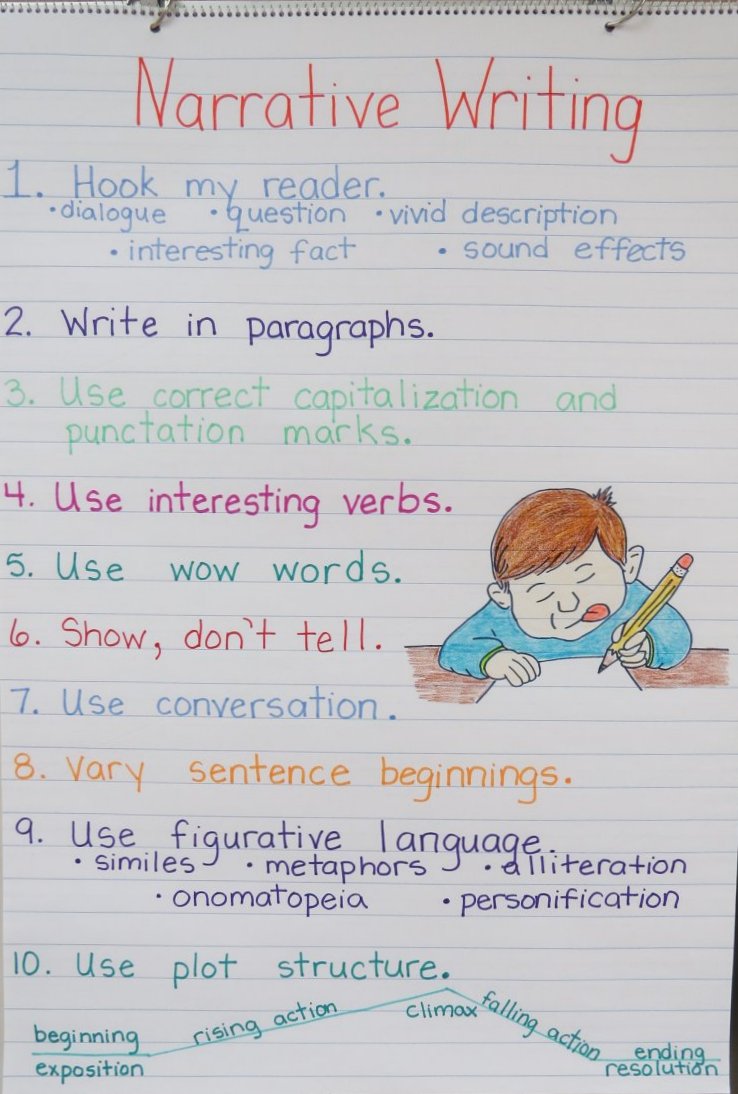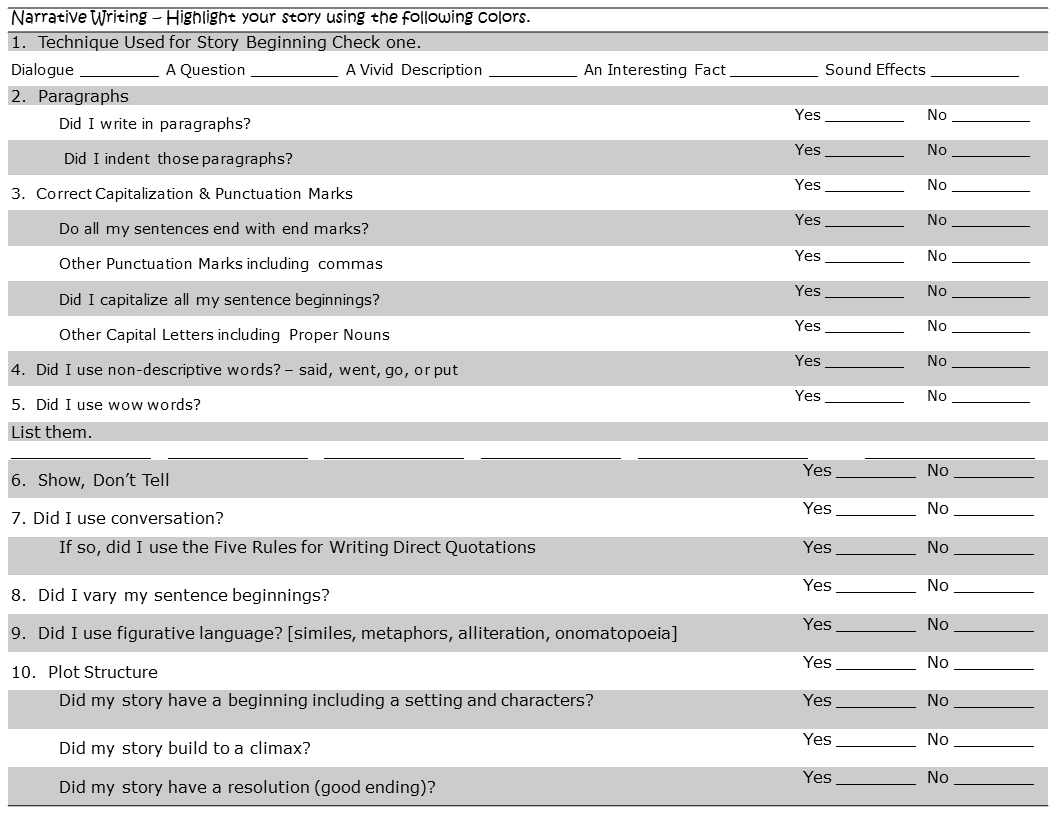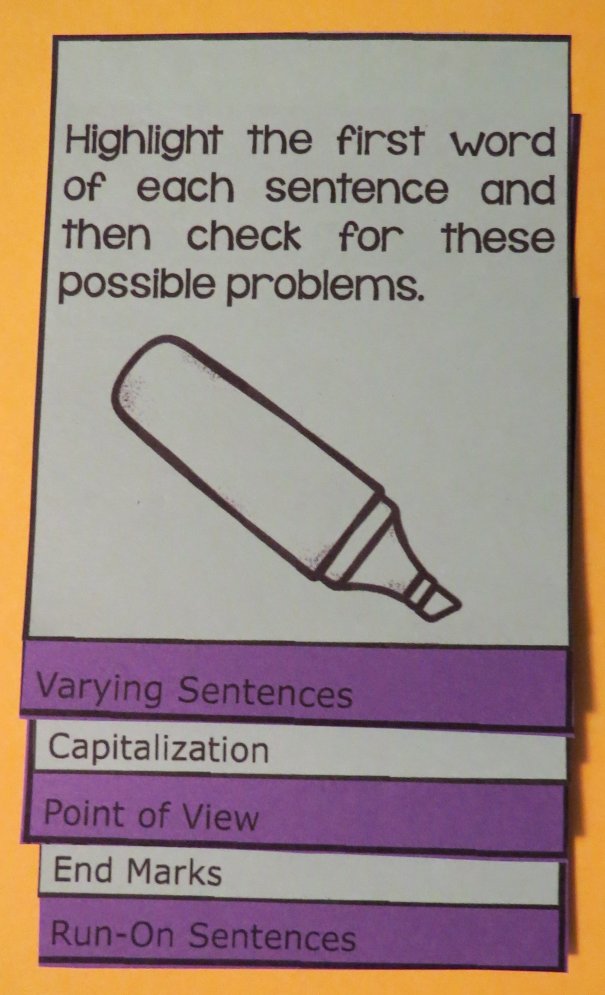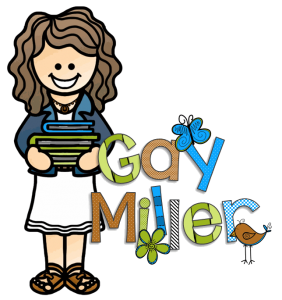Teaching students to write a good narrative is an ongoing process. Begin by teaching character traits, point of view/perspective, setting, theme, plot development, and so on. Students need a basic understanding of story elements before they begin writing. I have created a series of blog posts that cover these topics. Links to these posts are at the bottom of the page.
After students understand story elements, writing a good story can begin. This post is a general overview of ten things to remember when writing a narrative. You’ll find links scattered throughout this article that go to posts that zero in on specifics.
Begin by collecting the teaching materials:
Get the Google Slide Presentation here.
All student handouts have been placed in one file. Get them here.

- Hook my reader.
- Write in paragraphs.
- Use correct capitalization and punctuation marks.
- Include interesting verbs.
- Use wow words.
- Show; don’t tell.
- Use conversation
- Vary sentence beginnings
- Use figurative language
- Use plot structure.
10 Things to Remember When Writing a Narrative
FIRST SUGGESTION ~~ Have students write their rough drafts on only the front sides of the pages. This makes editing much easier as the pages can be cut into two or more pieces. The pieces are then taped back onto another sheet of paper with spaces between them for students to write additional descriptions, details, etc. in the extra space.
You’ll find this checklist in the student handout packet.

As you read the 10 things to remember, notice the images in the left column. These were created using screenshots from the Google Slide Presentation.
You can get the Google Slide Presentation here.
Number 1 – Strong Narrative Writing Beginning
Your story needs a strong beginning. You can achieve this by using one of the following methods:
-
Dialogue (Conversation)
-
A Question
-
A Vivid Description
-
An Interesting Fact
-
Sound Effects
Check out this post that goes over how to create a narrative hook.
Number 2 – When to Start Paragraphs in Narrative Writing
Be sure your story has paragraphs. They tell when you’re switching time, place, topic, or speakers. They help break the page up, so it is not just a solid block of writing.
Number 3 – Capitalization & Punctuation
Capitalize:
-
Beginnings of Sentences
-
Proper Nouns
Punctuate:
-
End Marks (question mark, period, exclamation marks)
-
Commas when joining two sentences with a conjunction, addressing a person, with quotations, etc.
Number 4 – Use Rich Words
Remember words such as said, went, and put are not descriptive. Use words that describe the action.
Number 5 – Wow Words
Show your reader that you have a high-quality, first-class, superior, excellent, exceptional, outstanding, brilliant, extraordinary, incomparable vocabulary by using 5th-grade vocabulary words.
Number 6 – Show, Don’t Tell
The Show, Don’t Tell method of writing is when the writer is able to create a picture in the reader’s mind. This type of writing gets away from the repetition of empty words like went, big, or said.
Check out this post that goes over how to use Show, Don’t Tell.
Number 7 – Conversation
The Five Rules for Writing Direct Quotations
|
#1 Rule |
#2 Rule |
#3 Rule |
#4 Rule |
#5 Rule |
|
Add quotation marks. |
Separate source phrase from the quote. |
Capitalize the first word of the direct quotation. |
Add end marks. |
Add needed capitalization and punctuation. |
Number 8 – Sentences
Be sure to vary your sentences. Some should be short while others are long. Make sure the sentences begin using different parts of speech.
Number 9 – Figurative Language
Use a little figurative language to add interest to your story.
-
simile
-
metaphor
-
alliteration
-
personification
-
onomatopoeia
Check out this post on sound devices – alliteration, rhyme, and onomatopoeia.
Number 10 – Plot Structure
Your story needs to have the following:
-
-
a plot, including setting and characters
-
a climax (This is when the plot is solved.)
-
an ending
-
Teaching Study Carrel
Have you ever wondered what it would be like for students to have dozens of resources at their fingertips? Here is what we did. Two file folders were glued together. When these stand up they make a perfect study carrel. Students created foldable organizers and doodle notes to paste on both sides of the carrel. So when a student couldn’t remember a rule for how to write quotations or needed a wow word for a narrative, it was right there.

Get the organizers in the photo here.
Proofreading Method that Works for Narrative Writing

This proofreading ‘trick’ will not spot all types of mistakes but really helps students focus on a few common mistakes that students often have in their narrative writings.
Have students highlight the first word in each sentence of their narratives. This makes it much easier for students to spot the following errors or places in the story where improvements can be made. Once the first words are highlighted, have students look for the following:
Capitalization
Is each highlighted word capitalized?
Ending Punctuation
Does each highlighted word have a period, question mark, or exclamation mark directly before it?
Changes in Point of View
Do my sentences begin with [character’s name] then change to the word “I?”
Note: One common mistake students make is to begin a narrative from the third point of view, and then switch to first. Have students look to make sure the characters’ names don’t change from “Jack and Jill” to “I.”
Varying Sentence Beginnings
Make a tally of the first words used. Follow the “Three Strikes You’re Out Rule.” This means if three or more sentences begin with the same word, you will need to rewrite one or more of these sentences.
Note: Many younger students will repeatedly begin each sentence with the word “I” or the character’s name.
One easy way to correct this mistake is to cut the story into parts. Cutaway the sentence(s) that begin with the same word. Insert several lines from a clean piece of notebook paper. Have students rewrite the “missing” sentence(s) using complex sentence(s).
Sentence Length
Do the sentences vary in length? Are some short and others long? Does the story contain a whole bunch of short choppy sentences?
Note: Here again, use the “Cut the Sentence Away Method” so that blank paper may be adding creating space(s) for students to write new sentence(s).
Does the story have really l-o-n-g sentences? This is often a sign of run-on sentences or failure to add end marks. Check to determine if you have connected a string of independent clauses with coordinating conjunctions (FANBOYS).



2 comments
I love your power point on narrative writing as well as the checklist. With your permission, I’d like to modify some parts for my seventh grade classroom, giving you credit, of course!
Author
That is fine. Enjoy!